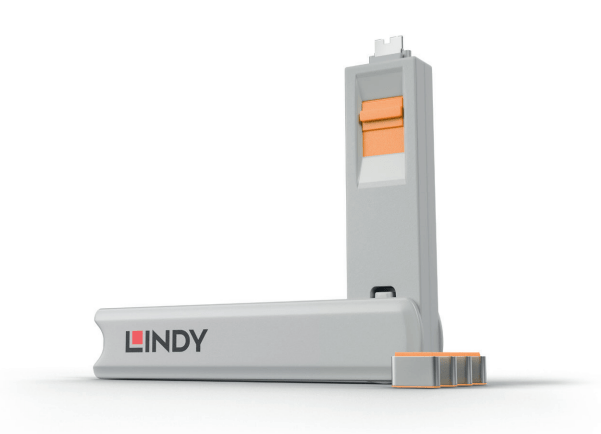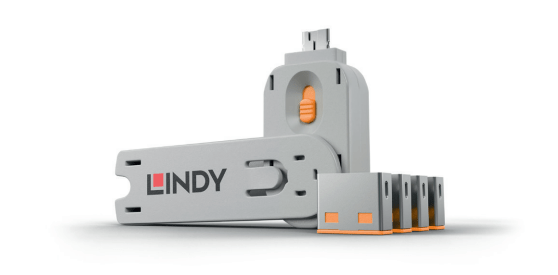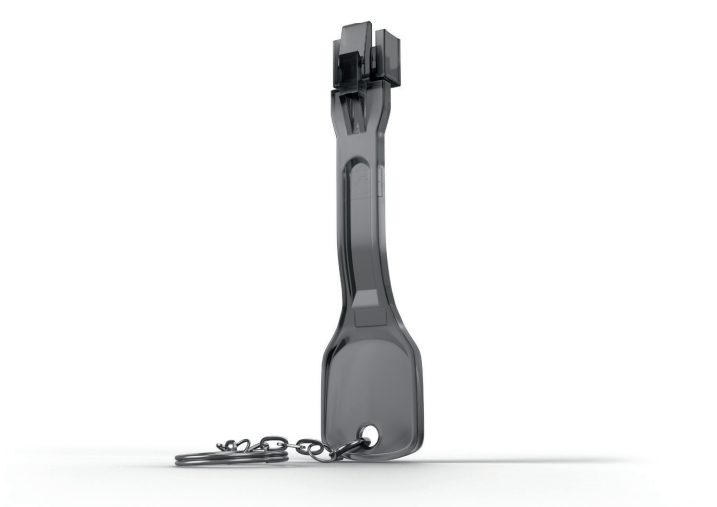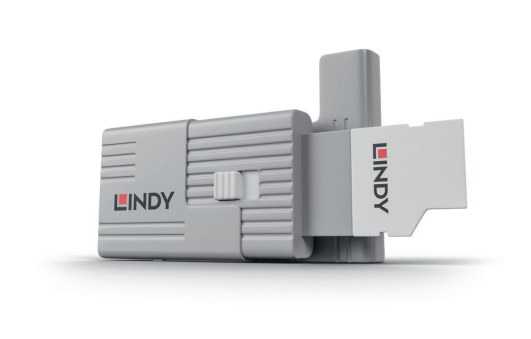
“There are only two types of companies – those that know they’ve been compromised and those that don’t know.”
– Dmitri Alperovitch, Cyber Security Expert & Co-Founder of CrowdStrike.
Preventing security compromises should be a high priority for all companies, making data security solutions an important investment for any business. These tools can deter unauthorized users from accessing the ports that store sensitive data or provide essential functionality.
Firewalls, anti-virus programs, and bespoke security software are all ways to keep your data secure digitally, however, physical blockers can be just as important to keep your data safe. With a port blocker, you can have a visual deterrent that can give you a physical blocker to unauthorized access.
Why should you get a Port Blocker?
1. Strengthen security
Port blockers act as a great visual deterrent against threats to data. By plugging these devices into your ports you can prevent unauthorized users from inserting devices that could cause your security or data to be compromised.
2. User Friendly
No training or software is needed for installation as these port blockers can quickly and easily be deployed in minutes. Once installed, they require virtually no maintenance, making their management of them as easy as can be.
3. Efficient and Stable
With low installation costs, almost no maintenance, and additional keys and locks available, these devices can provide you with almost unlimited scalability.
4. Security in Depth.
Port blockers, especially effective when used alongside other security software solutions, provide you with an extra layer of defense against data theft and compromises.
Type C & Type A USB Port Blockers
To physically block access to USB ports, a USB Port Blocker allows locks to be inserted and removed from USB ports to prevent unauthorized users from accessing the port.
A quick guide to using USB port blockers:
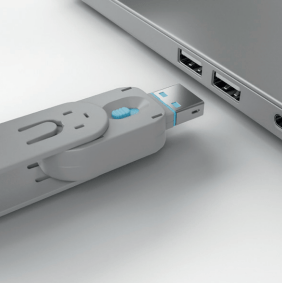 |
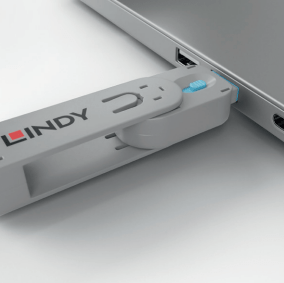 |
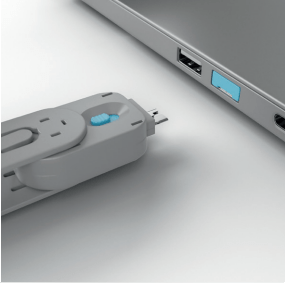 |
| 1. A lock is attached to the key and inserted into a USB port | 2. The sliding mechanism on the key is then released leaving the lock in place. | 3. To remove the lock, the key is inserted back into the lock and pulled back. |
USB Type C
The Type C USB Blocker allows locks to be inserted and removed from USB Type C ports. These Port Blockers are available in pink, green, blue, white, and orange.
USB Type A
The Type A USB Blocker allows locks to be inserted and removed from USB Type A ports. These Port Blockers are available in pink, green, blue, white, and orange.
RJ-45 Port Blocker
RJ-45 Port Blockers can easily block open network ports to prevent unauthorized users from inserting cables, devices, or foreign objects without permission. They can act as a first line of defense against viruses and other compromises.
A quick guide to using RJ-45 port blockers:
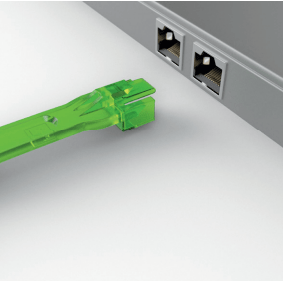 |
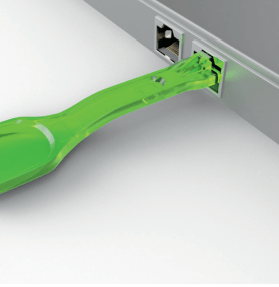 |
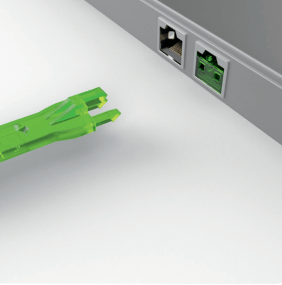 |
| 1. A lock is attached to the key and then inserted into an RJ-45 port | 2. The lock is left in place by releasing the sliding mechanism on the key. | 3. To remove the lock, the key is inserted back into the lock and pulled back. |
RJ-45 Port Blockers act as a first line of defense for RJ-45 ports by creating a physical barrier to the port. Available in black, yellow, green, and orange.
SD Port Blocker
SD Port Blockers are compatible with memory readers in cameras and other devices through the SD card port. These act as a visual deterrent from anyone looking to copy data or viruses to or from an SD card.
A quick guide to using SD port blockers:
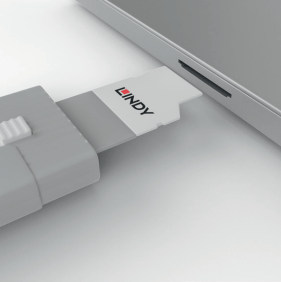 |
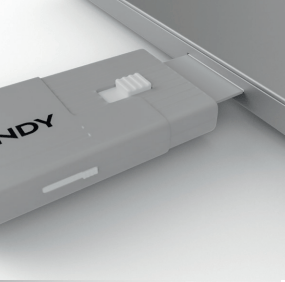 |
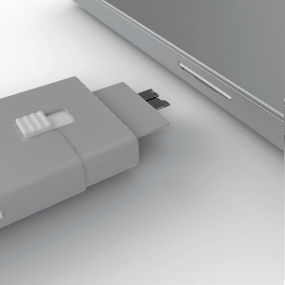 |
| 1. The lock is attached to the key and inserted into an SD port. | 2. When the sliding mechanism on the key is released the lock is left in place. | 3. The lock can then be removed by inserting the key back in and pulling back the mechanism. |
SD Port protects your SD card ports with a visual deterrent. These are available in packs of four and packs of ten.
More Lindy Products Available from Comms Express:
Lindy Port Blockers | Lindy Computer Security Solutions | Lindy Mini DisplayPort Cables | Lindy DisplayPort Cables | Lindy Fibre Optic Patch Leads
If you require any further information on these or any other products that we stock here at Comms Express, please do not hesitate to contact our team who will be only too happy to help.
Until next time…

